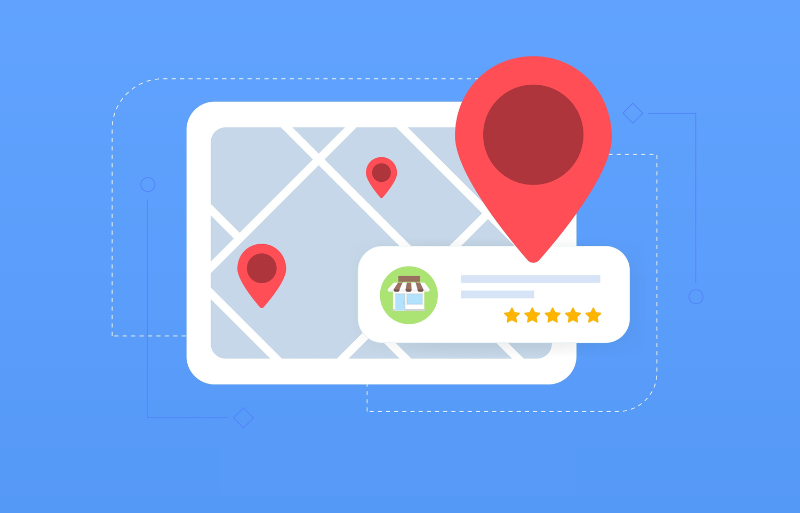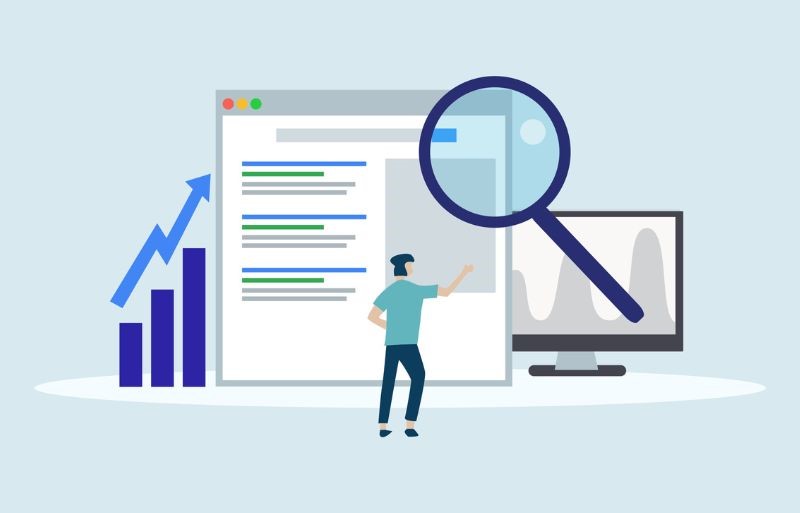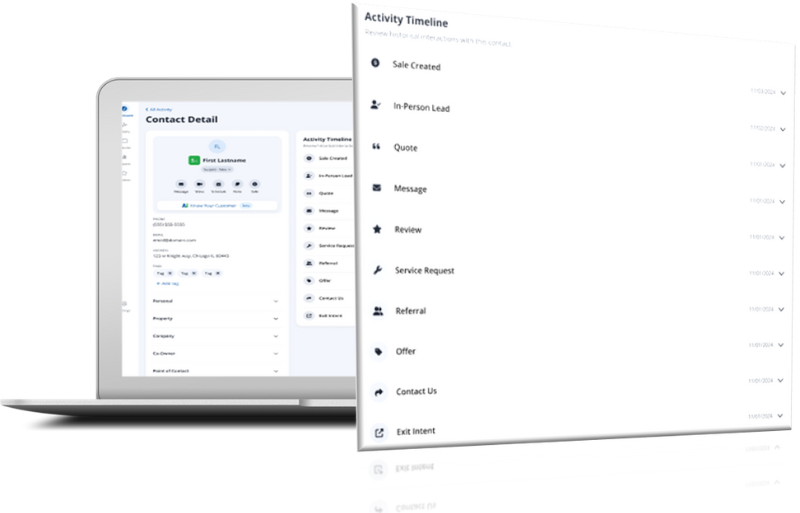10 Questions That Will Help You Make Sense of Paid Search Advertising

AdWords, Google’s online advertising service, is how Google makes its money -- $57.86 billion in 2013, to be exact.
So if the annual revenue Google makes from AdWords can buy 57 Taj Mahals, why isn’t everyone who uses the service getting filthy rich, too?
The fact of the matter is that Google makes money every time a paid search ad is clicked. AdWords users, however, will only make money if the ad is clicked by a quality prospect (i.e., someone who is serious about making a purchase).
AdWords’ is so perfectly honed and configured, that not getting any clicks just won’t happen – Google did its job here. The user’s job then is to get the right people to click, which, of course, will drive website traffic that actually converts.
Running an effective AdWords campaign is hard work, though. At Spectrum, we handle accounts for small and medium businesses with monthly budgets ranging anywhere from $3K - $40K. These ten questions help our clients make sense of the process. Hopefully they’ll help you streamline your results, as well:
1. For starters – is your website appealing?
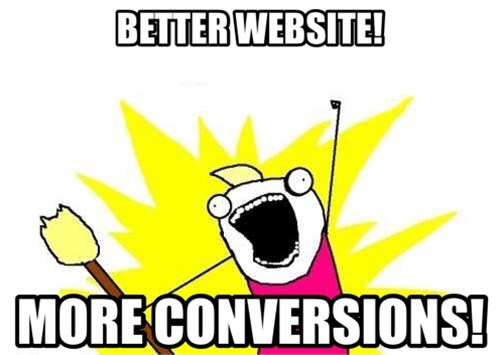
If you want to convert web traffic, your site needs to look great. Experiencing your website should be tantamount to speaking with a seriously delightful salesperson. The copy should be engaging and concise. Each page should also have a strong Call-To-Action and gripping imagery. All of this will earn your prospects trust – a key element to selling online.
2. Are people clicking-through to a specific landing page?
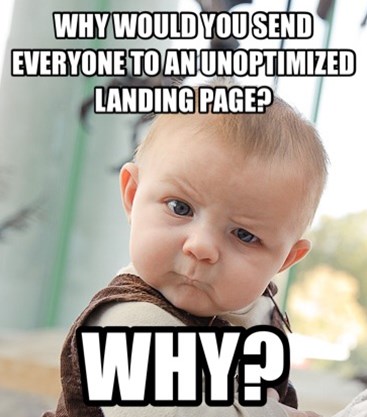
Or are the people clicking on your ads landing on something generic like your homepage or worse yet: the “About Us” blurb? If you don’t make it easy for people to convert online – if you don’t really lay out the process for them step-by-step – they simply won’t do it. Internet consumers want to know they’re in good hands with a legit, bona fide company. To give off that impression, your landing pages must have the following:
- Unique information and no duplicate content (i.e., wording you won’t find anywhere else on the web).
- Meta tags that describe the page’s content very, very well.
- Image tags (for search engine crawlers and the visually impaired).
- Bullet points and clear Calls-To-Action (CTA) for easy reading and fluid navigation.
- Header tags (i.e., the page’s first line of text) should align with the keywords you’re trying to rank for.
- Content that is 100% relevant to the ad itself (for a healthy quality score).
- And for the love of everything that is holy, no pop-up ads.
3. What about your AdWords copy? Is that generic?
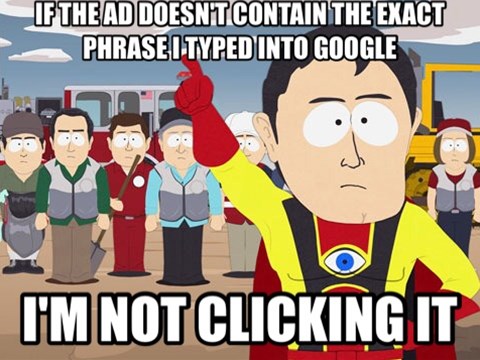
The vast majority of Google users won’t click on results with text that doesn’t exactly match their search query (which is easy to spot because Google conveniently bolds your searched words/phrases throughout the results page). Using long-tail keywords (e.g., “Chicago kitchen and bathroom remodeling company”) versus conventional, short keywords (e.g., “Chicago remodeler”) will save you money and drive higher-quality traffic to your website.
Less expensive and more effective – it’s a win-win.
4. Are all your ads run under a single campaign?
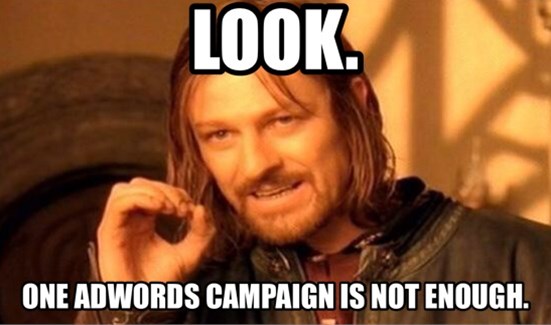
Although one campaign could, in theory, be enough to positively impact your bottom line, most businesses will require a more complex configuration to be successful. For example, if you're targeting more than just one market or city, it’s wise to create a separate AdWords campaign to accommodate each one. This also rings true for the products and services your company provides.
The more specific you are, the more control you'll have over your campaigns' reporting and overall performance.
5. Is your Regional Targeting turned on?

Running a nationwide ad – whether it’s appearing on TV or on a search engine results page – is for companies who do nationwide business. SMBs that strictly work with local customers, therefore, should turn on a nifty little AdWords feature called Regional Targeting. This will allow you to hone in on only the markets and demographics you’re interested in.
6. Are you using the most efficient matching option?

When it comes to matching searchers' queries with your paid advertisement keywords, AdWords gives you three options:
1. Broad Match: Your ad will appear when people search just about any combination of words in the ad copy.
2. Phrase Match: Your ad will appear when people search your exact ad copy, but will also appear when additional words are entered before or after the phrase.
3. Exact Match: Your ads will only appear when your ad copy is searched verbatim.
For most small and medium businesses, the Goldilocks Principle (it is better to fall within certain reasonable margins than to reach extremes) applies here. Broad Matching will probably be too much exposure for your campaign while Exact Matching will likely undercut you. Both will ultimately stifle the number of quality clicks your ads attract. When it comes to this aspect of your campaign, Phrase Matching will almost always give you the best results.
7. Are your ads running 24 hours a day?

Running your ads all day, every day is the AdWords default setting. Although this may sound appealing at first, SMBs will quickly realize that running ads outside of business hours is a tremendous waste of money. After all, serious customers may want to call your office or talk to someone online if they have a question. And do you really want clicks from people at 4:00 AM?
Cut your losses. Only run your ads while you’re open for business.
8. Do you regularly review your campaigns’ performance?
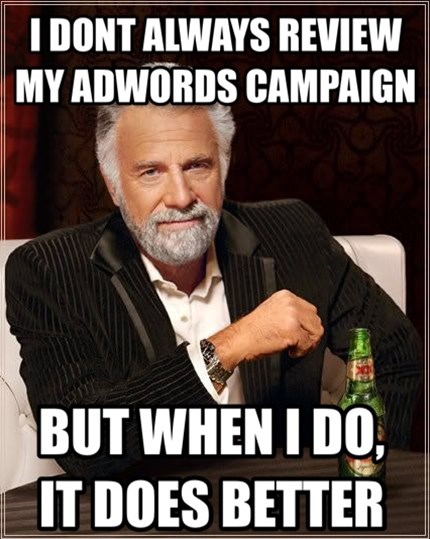
The AdWords machine requires perpetual maintenance, because at the end of the day, it’s a numbers game. Split testing the performance of your keywords and ad copy will help you slowly but surely shave the fat off of your campaign. There’s always something to tweak. You can:
- Adjust your bids
- Pause underperforming keywords
- Expand the use of top keywords
- Create separate ad groups around your best-performing keywords
- Review/pause advertisements
- Review/add negative keywords
Of course, all of this data is readily available to AdWords users (kudos Google).
9. Do you use Negative Keywords?
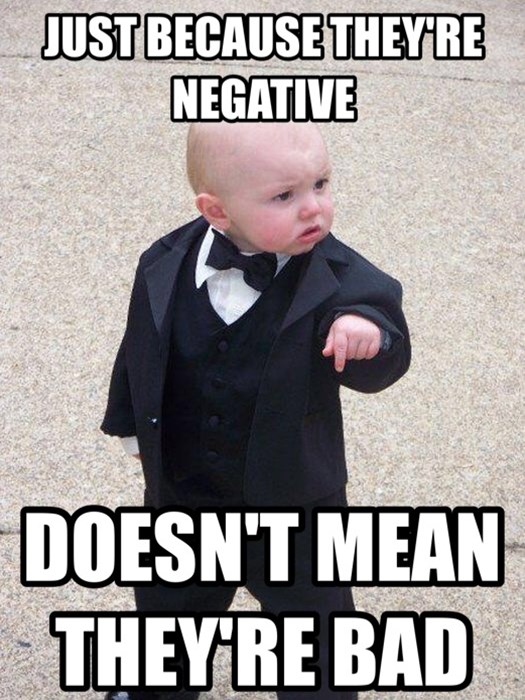
Negative Keywords are words that you do not want to trigger one of your ads. This makes them just as important as the keywords you do want to be associated with, because they will help you avoid low-quality clicks that don’t convert. Add Negative Keywords as needed by checking the list of actual search queries that triggered your ad to appear.
10. Is your website in Responsive Design?
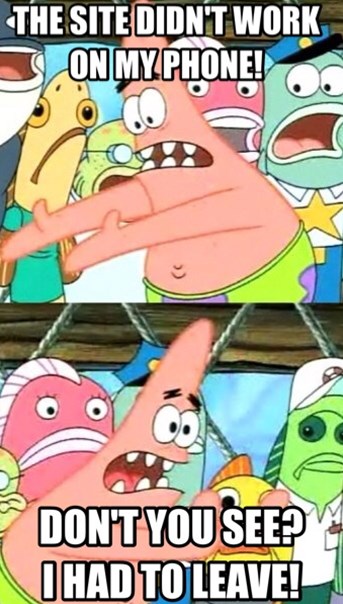
Responsive Web Design (RWD) is a web design approach that makes your website consistent and functional across any device: desktop, tablet or smartphone. The ever-growing popularity of mobile Internet coupled with the fact that Google won’t let AdWords users turn off mobile ads makes this is a real mission-critical detail. Your ad might be just what people are looking for, but if they’re using a smartphone and land on a page that isn’t mobile friendly, 6 out of 10 times they’re going to move on almost immediately.
What other questions would you ask someone who is struggling to truly understand their Pay-Per-Click advertising campaign?
To learn more about Spectrum and the Paid Search services we provide, email me or schedule a free demo today!

